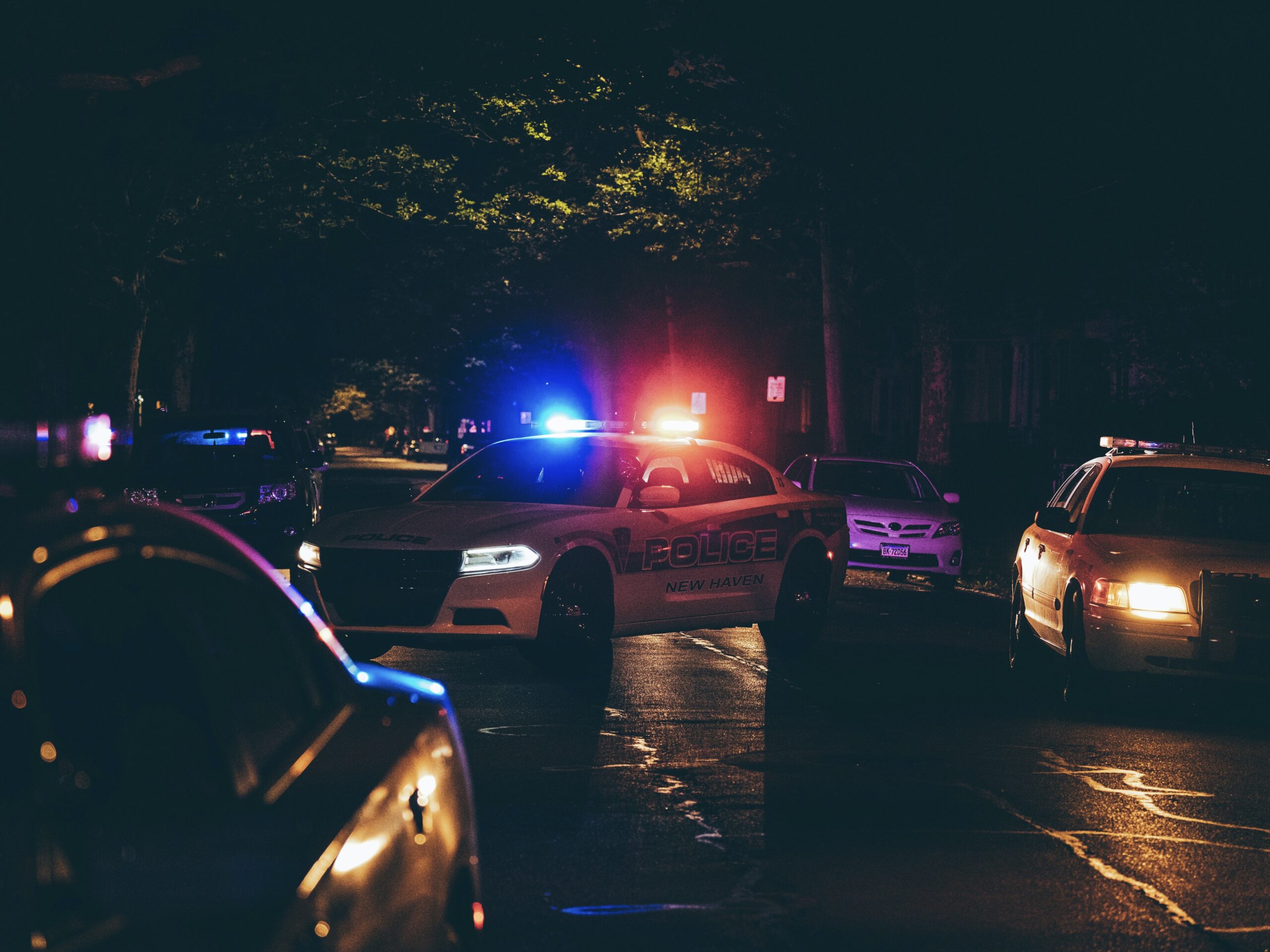St. Catharines is becoming more violent, and the recent downtown shooting proves that something needs to be done about it.
Sirens echoed through the downtown core of St. Catharines on the dark, rainy night of Nov. 22. While I celebrated my friend’s birthday, hopping between bars, enjoying food and drinks, someone was fighting for their life after a shooting that happened only a kilometre away and someone else was dead.
Niagara police responded to reports of gunshots around 1:40 p.m. at Division and Riordon streets, and when they arrived at the scene, two men had been shot. Homicide detectives are looking for two men — one believed to be the shooter and the other an accomplice — in what they’re calling a “targeted incident.”
Police identified the suspects, warning residents not to approach them if seen and to immediately call 911 instead. On Saturday, detectives arrested 47-year-old Daniel Dale Rosebush and charged him with second degree murder and attempted murder; as of writing, they are still looking for his associate. Anyone with information regarding the attack is asked to contact investigators at (905) 688-4111, option 3, ext. 1009134 or Crime Stoppers anonymously at 1-800-222-8477.
The death of this victim marks the 13th homicide in Niagara this year from stabbings, beatings and other isolated acts.
Many residents of the neighbourhood told a Niagara Falls Review reporter they weren’t surprised by the recent crime, and that the neighbourhood “is worse than ever” since a temporary housing shelter opened in the area — likely the one at 29 Riordan Street, which opened in February.
“More prostitutes, more drug dealers, more drugs and more homeless — you name it, we got it,” said one woman who lives on Gale Crescent. “We don’t walk in the park anymore because there’s too many needles — broken pipes and needles.”
Another man told the reporter that he feels “uneasy” living in his neighbourhood.
None of this bodes well for the city of St. Catharines, not limited to the effects it will have on Brock students, who constitute a huge population of patrons of downtown businesses. Many students turn to the downtown core for off-campus living and large swaths of students fill the streets on the weekend, but I fear that if some change isn’t made, this population may dwindle.
I lived on residence in my first year at Brock, at Foundry Lofts in my second year, and in my third year, I moved downtown to the apartment I still live in.
Since living downtown, but especially since the new term started, I’ve borne witness to this increase in shady activity. I’ve seen people high out of their minds, threatening anyone who walks past. I’ve walked outside to find used needles scattered across the sidewalk in front of my house. I live right near a student housing building, for context.
The worst instance occurred when I was walking a friend home after a night out on St. Paul Street. We were a modest group, only four or five, walking to Queenston Street, where our friend lived. The hubbub of partygoers dropped to dead silence once we passed the bus terminal, but tipsy from the night, we hardly noticed.
We got to our friend’s house and were about to say goodnight when someone ran up to us, a small knife in his hand. His eyes were bulging, and he told us he was going to kill someone. He seemed to be looking for someone, but in his state, we weren’t sure if he was going to run off or lash out.
It was a tense, blurry moment. My partner clutched my arm. Nobody spoke, we were frozen in place as he looked us up and down.
Then he left, and we eventually thawed out. We said goodbye to our friend and called an Uber home, safe, but knowing things could have gone drastically different. This was a few months ago, but sometimes when I’m walking downtown, I remember that night and increase my pace, especially when it’s dark.
Many students don’t have the luxury of driving all the time, and even students with cars have to walk to and from the bus stop if they want to save money on gas and parking at Brock. Downtown living is one of the cheapest alternatives to staying in residence, meaning the situation in St. Catharines cannot be easily avoided.
If St. Catharines wants its residents to feel safe and wants Brock students to contribute to the environment and economy of the city, something has to be done.
Of course, the situation is complicated. Most homeless people aren’t violent, and most aren’t drug users. Even then, these are people who’ve been dealt a bad hand in life, and it’s all they can do to find a safe place to sleep or a meal to eat, but it’s become undeniably clear that there’s a problem in St. Catharines regardless.
In reality, I don’t know what can be done to resolve this crisis. I’m no expert. But something does need to be done, something that values the well-being of everyone involved and makes a change that is lasting, not temporary.
This is a country-wide crisis, but it’s also a local one. If something isn’t done about it, St. Catharines is going to look a lot different in a few years, and nobody wants to see that. This city has provided a special home for Brock students, and crimes like the one on Friday are disheartening and tragic.
We need a path forward.

